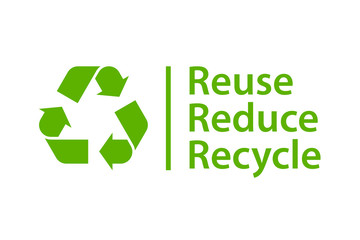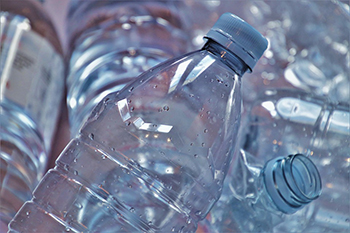Reuse, Reduce, Recycle.
Is There A Right Way?
The age of mass production of plastic products is a little over 100 years and recycling rates were only about 6% in 1960. At the turn of the millennium, only about 29% of waste was directed towards recycling. By 2017, the recycling rate had reached 35%.[1] The original Earth Day in 1970 is largely attributed to the introduction of the slogan “Reduce, Reuse, Recycle”. Along with the creation of the Environmental Protection Agency or EPA in the same period, public awareness began to grow.
Awareness is one thing. Action is another. The EPA helped to pass the Resource Recovery Act, which highlighted the importance of environmentally friendly practices. Since the 70’s, an increase in awareness and action has accelerated. Over the same period, overall consumption has grown at an even faster rate, which means even more waste. One way to combat the growing problem of waste was to reduce waste. A conscious effort is necessary to consider how the stuff we want/need will end its useful life. From food to clothing and more, will individuals going through their busy lives stop and make this conscious decision?
Reuse is another option. This concept requires thought before tossing items. A simple example is to spread old coffee grounds in gardens instead of the trash. Another common practice is to donate old clothing rather than sending to the landfill. This is an appropriate application of the phrase “one man’s trash is another man’s treasure”. Once again, this option requires action by individuals to donate, and organizations to accept the used goods for further distribution. During the 2020 pandemic, many organizations adopted policies that insisted on donations of new items instead of gently used things, to alleviate any risk of spreading disease.
Now let’s talk about the recycling option. Public perception and engagement are enlightened by community efforts. Installation of separate bins clearly labeled for recyclables has increased exponentially. Businesses open to the public are largely participating in these efforts. Parks, locally and nationally, are major contributors to recycling efforts. Municipalities provide separate containers for recyclables and every week individual households push those containers to the curbs for pick up.
The recyclables are sent to a recycling plant or otherwise referred to as a materials recovery facility (MRF). It’s where waste is managed. There are three phases: 1) Collection, 2) Processing, and 3) Remanufacturing. The first is obvious. The second includes sorting, cleaning, and transporting. The processed materials may be sent to a milling facility or directly to a manufacturing facility. Some items require additional sorting and/or decontamination before transporting to the next stage.
The materials recovery facility or processing facility converts the incoming collections to a state at which it can be milled or remanufactured. A milling operation consists of an industrial process that basically grinds materials into a concentrated mass. This can be further processed depending on the intended purpose. Some plastics are milled and remanufactured into materials for carpeting, egg cartons, car bumpers, laundry detergent bottles and park benches, just to name a few.
 Plastic manufacturers often produce scrap material from production runs. This material is often put through a regrind process to be reused. This is referred to as pre-consumer recycled content. In contrast, post-consumer recycled content consists of items discarded after being used by a consumer. This includes food containers and aluminum cans, for example, and the most common of all, the plastic water bottle.
Plastic manufacturers often produce scrap material from production runs. This material is often put through a regrind process to be reused. This is referred to as pre-consumer recycled content. In contrast, post-consumer recycled content consists of items discarded after being used by a consumer. This includes food containers and aluminum cans, for example, and the most common of all, the plastic water bottle.
Quite a pretty picture of a circular economy of plastics, would you agree? Well, hold on. If you live near a recycling facility, it’s very likely that you’ve noticed large amounts of waste, day after day. Why isn’t it being processed? Is the “circle of waste” working? Why not? Like most reasons, costs and benefits play a major role. Details in the process skew the pretty image presented here. Details such as sorting the sheer number of plastic materials. Standardization. Infrastructure. Domestic markets and export regulations.
It can be overwhelming, but again, we are smart enough to manage it. Chemical recycling and BioPlastics will be discussed, but first let’s learn more about pre- and post-consumer materials. Stay tuned.

